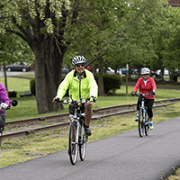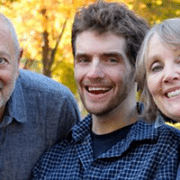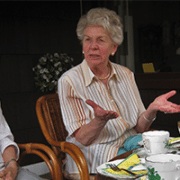Baby Boomers Join ‘Aging-at-Home Villages’ for Yoga, Happy Hour, Cooking Classes and Biking
First came “villages,” hyper-local groups created by aging neighbors to build a greater sense of community and help each other grow old at while remaining at home. These nonprofit groups arranged volunteer drivers, household helpers, social events and, in some cases, kept lists of reliable professionals, including plumbers, roofers, estate lawyers and even art appraisers. Now, 15 years and some 220 villages after the first one was born in Boston, a move is afoot to woo and welcome the active 50+ set. Most of these folks still work and don’t need rides to the supermarket or help raking leaves. They have no use for the names of pre-screened health aides or note-takers for medical visits. Their main goal is a richer social life with others similarly situated.










